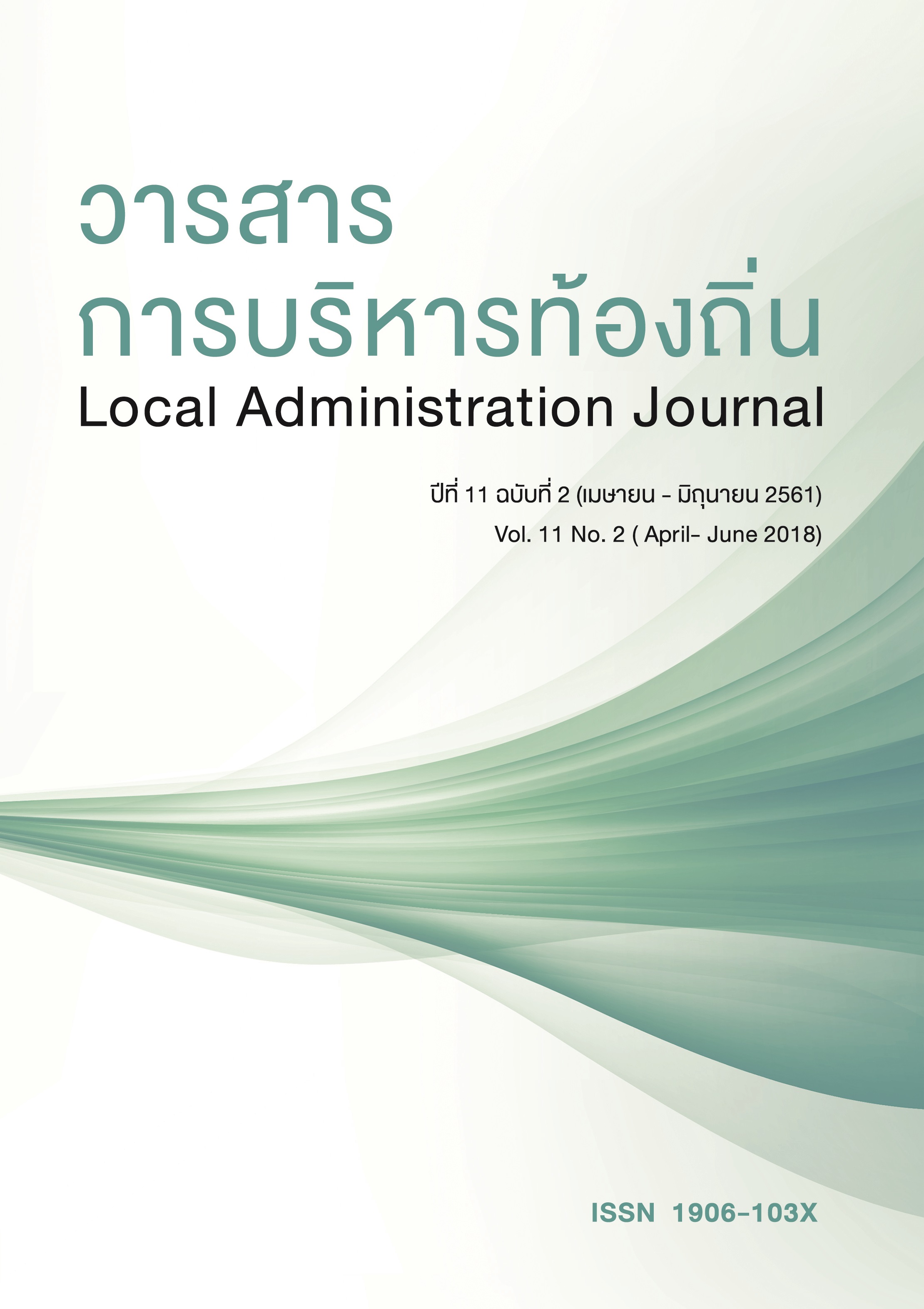Lessons from and New Directions for Land Right Movements in the Northeast Region: A Proposition to the Isan Land Reform Network
Keywords:
social movement; land rightsAbstract
This research aims to: (1) analyze the situation of inequality as a consequence of the problems of accessing, holding, and utilizing lands of the Northeastern Thai (Isan) people; and (2) draw lessons of the land right movements in the Isan region by the Isan land reform network and propose new directions that can bridge the gaps of the previous movements. This research examines four areas with three conflicting issues: 1) conflicting issues as a result of forest conservation through the announcement of the national park intersecting the lands that old community has already been settled in; 2) conflicting issues as a result of the announcement of public lands intersecting the existing community spaces; and 3) conflicting issues as a result of the announcement of the Forest Industry Organization in people’s lands. The movements to reclaim the land right are in the name of the Isan land reform network. The study found that relevant people faced with multi-dimensional inequalities, i.e. political, economic, socio-cultural, environmental, spatial, and knowledge inequalities. The study also found some gaps in the movements. The first gap is that most movement strategies of the network mainly emphasized on symbolic purpose. The second is the redistributive movements have yet achieved concrete results. The third is that the utility of and accessibility to media in stimulating the movements have been limited. The last gap is that the regulative movements have not achieved as a consequence of the lack of parity of participation.
Additional Files
Published
How to Cite
Issue
Section
License
The copyright of all articles published in the Local Administration Journalis owned by the College of Local Administration, Khon Kaen University.



